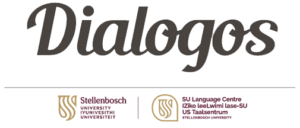Friday 21 February marks the 25th anniversary of International Mother Language Day (IMLD), a worldwide annual commemoration to promote awareness of linguistic and cultural diversity, and advance multilingualism. Established by UNESCO in 1999, the day highlights the central role of languages in education, cultural preservation, and social inclusion, drawing attention to the challenges faced by endangered languages and multilingual communities worldwide.
On 21 February 1952, five students were killed and many injured by police during a rally in Bangladesh (then East Pakistan) for the recognition of Bengali as an official language. Four years later, Bengali was officially recognised.
What started as a national movement inspired a global movement advocating for linguistic rights. The day now serves as a symbol of the right of individuals to learn, speak and develop their mother tongue without fear of discrimination or suppression.”
It’s not just about the words
Languages carry the traditions, histories and identities of the people who speak them. When a language disappears, a unique way of thinking, storytelling and understanding the world is lost forever. The UN estimates that there are currently about 8 300 languages worldwide, of which nearly 40% are considered endangered or ‘doomed’, in other words, no children or young people speak the language and only a few elderly speakers remain. Sadly, this includes the last of the many Khoisan languages once spoken in South Africa. As of 2017, Nama, which was once widely spoken by Khoisan communities in the Northern Cape, had fewer than 2 000 speakers, most of them older than fifty; only three elders of the Khomani San still spoke the N | uu language; and there were only two known speakers of Kora, the language of the Korana people.
Just as languages are about more than communication, linguistic diversity is not only about preserving words; it is about promoting intercultural dialogue and ensuring fair access to education and opportunities for all. The theme of IMLD 2025, “Languages Matter!”, also emphasises the urgent need for progress toward linguistic diversity and inclusivity as part of the UN’s Sustainable Development Goals (SDGs). Globalisation, dominant language policies and technological advancements often threaten linguistic diversity, leading to the marginalisation of non-dominant languages. Currently, fewer than 100 languages are widely used in digital communication and online platforms, limiting access to information and learning opportunities for speakers of minority languages. With technology shaping communication, it is crucial to ensure that all languages, including indigenous and minority languages, are represented in education, public life and digital spaces.
Multilingualism and beyond
Multilingualism refers to the co-existence of more than two languages in a given area or the ability to speak more than two languages. It has become a buzz word in discussions about education and social inclusion. Research shows that 40% of the world’s population does not have access to education in a language they speak or understand, making it difficult for children to reach their full potential.
By integrating mother languages into education, communities can enhance literacy, improve learning outcomes and foster a deeper connection to their cultural identity.”
Plurilingualism, a more recent term, goes beyond simply knowing multiple languages. It emphasises the ability to interact across languages, drawing from a diverse linguistic and cultural repertoire. Unlike the traditional view of “mastering” individual languages separately, plurilingualism acknowledges partial competencies, where individuals use different languages based on context and need. It sets effective communication, rather than fluency or perfection, as the ultimate goal of language learning.
By fostering plurilingual education and encouraging language learning from an early age, societies can equip individuals with the skills to thrive in a globalised world while maintaining strong bonds to their mother tongue. At SU, plurilingualism forms part of a multilingual mindset – an approach to life where one is willing to meet speakers of other languages halfway by accepting and appreciating what their diversity brings to the table.

As we celebrate International Mother Language Day 2025, let’s remember that language is more than words; it is identity, heritage, connection. Whether you speak one language or many, every effort to preserve, learn, or promote a mother tongue contributes to a more inclusive and linguistically rich world. Languages matter, and we should protect them.
– by Tania Botha



